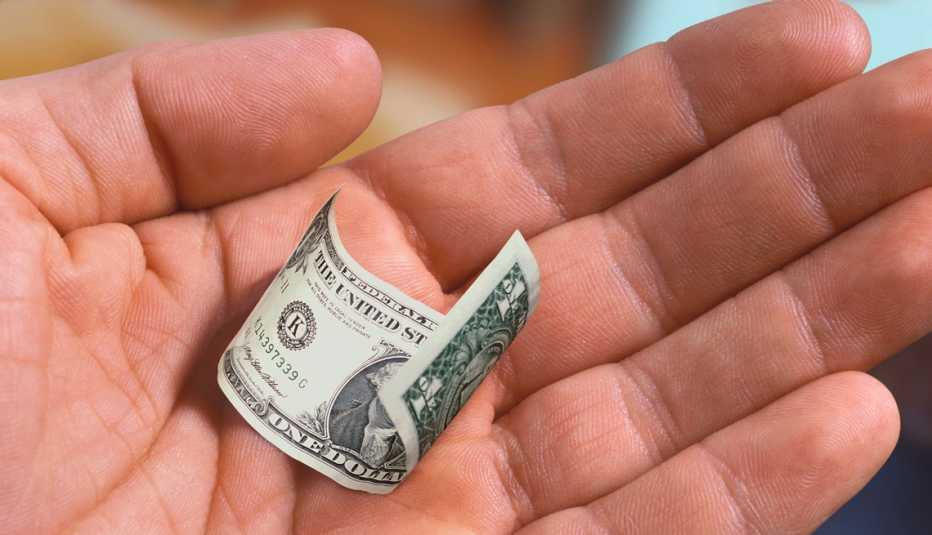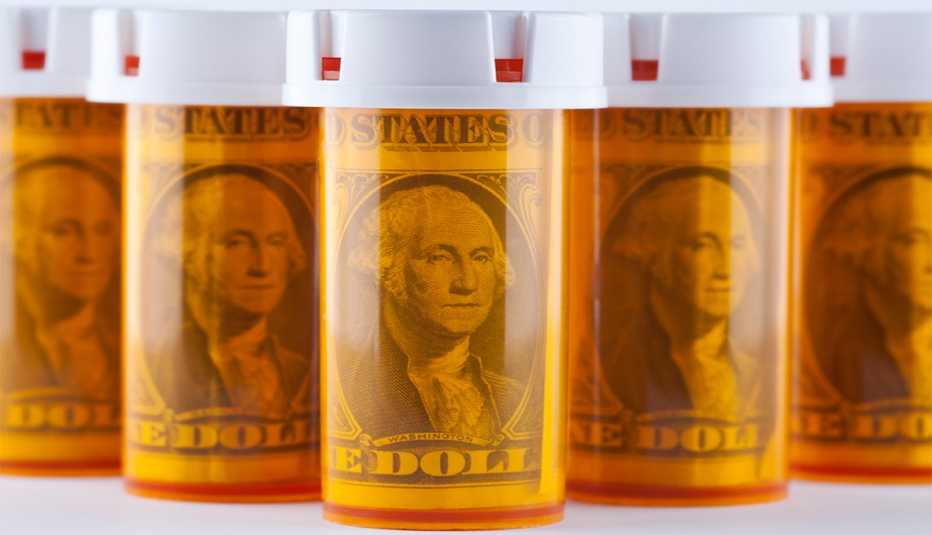Staying Fit
Older adults leave billions of dollars in government aid on the table each year and don’t even realize it. That money could go to cover utilities, rent, health care, prescription drugs and groceries at a time when inflation remains stubbornly high.
Consumers are paying more for everything from eggs to prescription medicines. Several federally funded programs can prove effective in defraying some of those increases, yet they go unused year after year.


Save 25% when you join AARP and enroll in Automatic Renewal for the first year
Get instant access to discounts, programs, services and information you need to benefit every area of your life.
“Many older adults qualify for benefits they don’t know can help them with everyday expenses,” says Josh Hodges, chief customer officer at the National Council on Aging (NCOA). “Nationally, they are leaving billions of dollars on the table.”
SNAP woefully underused
Take the federal government’s Supplemental Nutrition Assistance Program (SNAP). Formerly known as food stamps, this program provides eligible individuals with monthly benefits to purchase groceries at participating supermarkets and farmers markets.
While nearly 26 million adults 50 and older were eligible for SNAP in 2018, AARP found that 63 percent (or 16 million) did not take advantage of this benefit. The numbers haven’t improved much since then.
“A lot of people think SNAP is for children or other folks,” so they don’t bother to apply, Hodges says. “The gap for older adults is valued at over $6 billion a year.” Those are benefits they qualify for but aren’t receiving.





































































